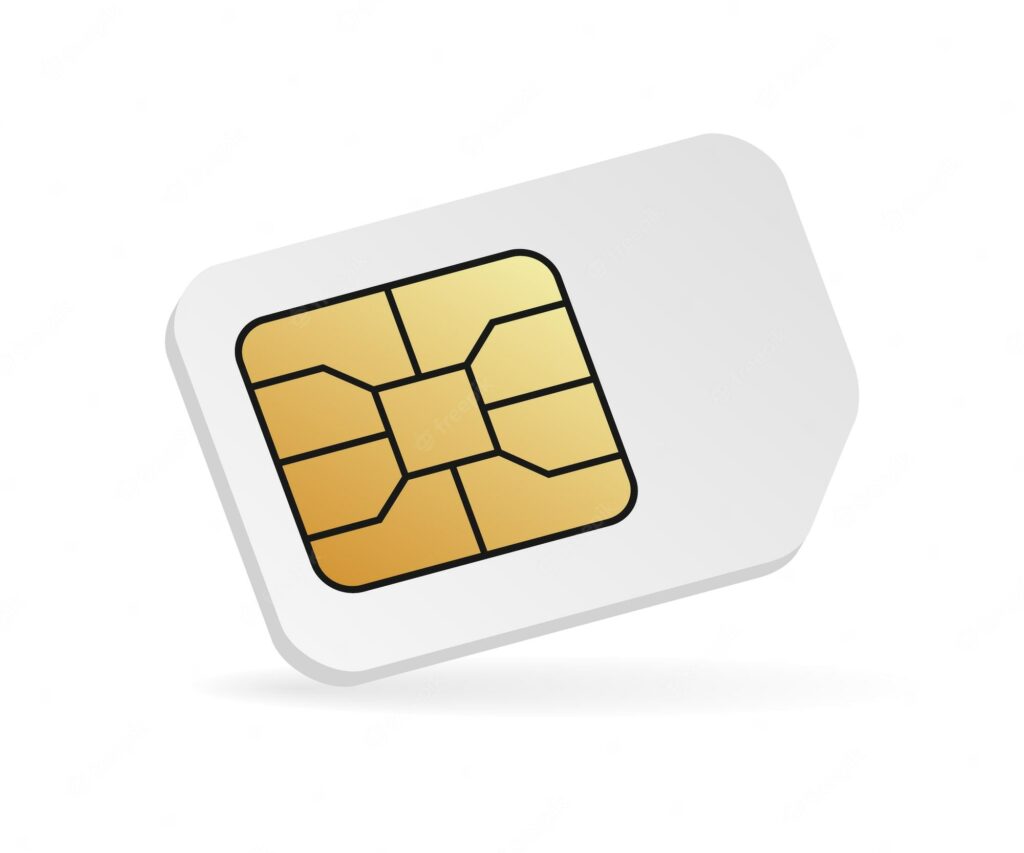Table of Contents
SIM Card Types and PIN Numbers:
A SIM Card is an integrated circuit that is used to store an international mobile subscriber identity number (IMSIN) and a related key. This key is used to authenticate subscribers on mobile devices. SIM Cards come in several different varieties. Let’s look at some of the common types of SIM Cards. Also, read about the PIN number for SIM cards.
Mini-SIM:
A SIM card is a tiny electronic device that enables users to add and remove various mobile services. It comes in three different sizes – Nano, Micro, and Mini. Originally, all SIM cards were the same size, about the size of a credit card. However, with the advancement in smartphone technology, SIM cards are now becoming thinner and smaller.
A mini-SIM is a SIM card about 25mm x 15mm. It has the same contact arrangement as a full-size SIM card, but it is smaller and can be easily removed from its carrier. The mini-SIM is sometimes called a standard SIM, as it is often accompanied by a full-size SIM card.
e-SIM:
An eSIM SIM card is the latest innovation in mobile phone technology. This card is an integrated circuit designed to store an international mobile subscriber identity number (IMSI) and the key associated with it. This key is used to authenticate mobile phone subscribers. The latest eSIM cards use a unique fingerprint scanner to ensure a secure connection.
As an added benefit, eSIM is scalable across connected devices, allowing you to activate free trial offers instantly without visiting a retail store or waiting for data transfers. You can also easily switch between a business and personal phone number.

Moreover, it is convenient to activate wireless service across a number of products, such as laptops, smartphones, and tablets. Additionally, an eSIM allows travelers to stay connected with a local carrier in their destination. The eSIM also allows account managers to remotely adjust cellular plans on thousands of devices.
Removable User Identity Module (R-UIM):
A Removable User Identity Module (R-UIM) is a type of SIM card that extends the GSM SIM card to work with CDMA networks and phones. It contains a CSIM (Carrier Services Identity Module) application as well as a SIM application. This way, you can use the same SIM for both networks.
The R-UIM card was introduced by the CDMA Development Group and 3GPP2 and is specifically designed for use with CDMA-based cell phones. It stores user information and is removable so that you can use the same card in a GSM phone. R-UIMs are useful for transferring contracts and storing frequently called numbers.
Removable user identity modules are ideal for users who want to switch between cell phones. If you’re moving to a new city, you can use your existing RUIM card on a compatible phone. This makes switching networks easy and convenient. It also allows you to keep and use your old phone with a different carrier. However, you will need to make sure that your old phone is unlocked and compatible with the new carrier’s frequency band.
PIN number:
The SIM card PIN number is the personal identification number associated with a mobile phone. Using it can protect your privacy by blocking unwanted calls or messages. It can also help you restore access to messaging services. It is a good idea to keep this number handy. However, not all carriers allow users to change this number.
When selecting a SIM card PIN number, you need to make sure it is unique and secure. It should be difficult for others to guess, but easy to remember. If possible, do not use any of the same digits you’ve used for other PINs. Other common digits to avoid are your birthday or the last four digits of your social security number.
Functions:
A SIM card is a small device that is inserted into a mobile phone to allow a person to use the device’s services. The card contains several different functions, including a SIM authentication key that identifies the card to the network. It can also include a Mobile Country Code (MCC) to identify the country of a caller.
It can also have a Local Area Identity (LAI) that combines a telephone number and a mobile country code. Other SIM card functions include Service Dialing Number (SDN) that can be used to check a balance, a Service Provider Name (SPN), or Short Message Service Center (SMSC) that delivers text messages.
Conclusion:
A SIM card also contains other functions, such as storing application data and using other devices. The Subscriber Identity Module (SIM) is an integrated circuit (IC) that stores personal information and financial information. It communicates with the mobile device and the network using a SIM application toolkit.








